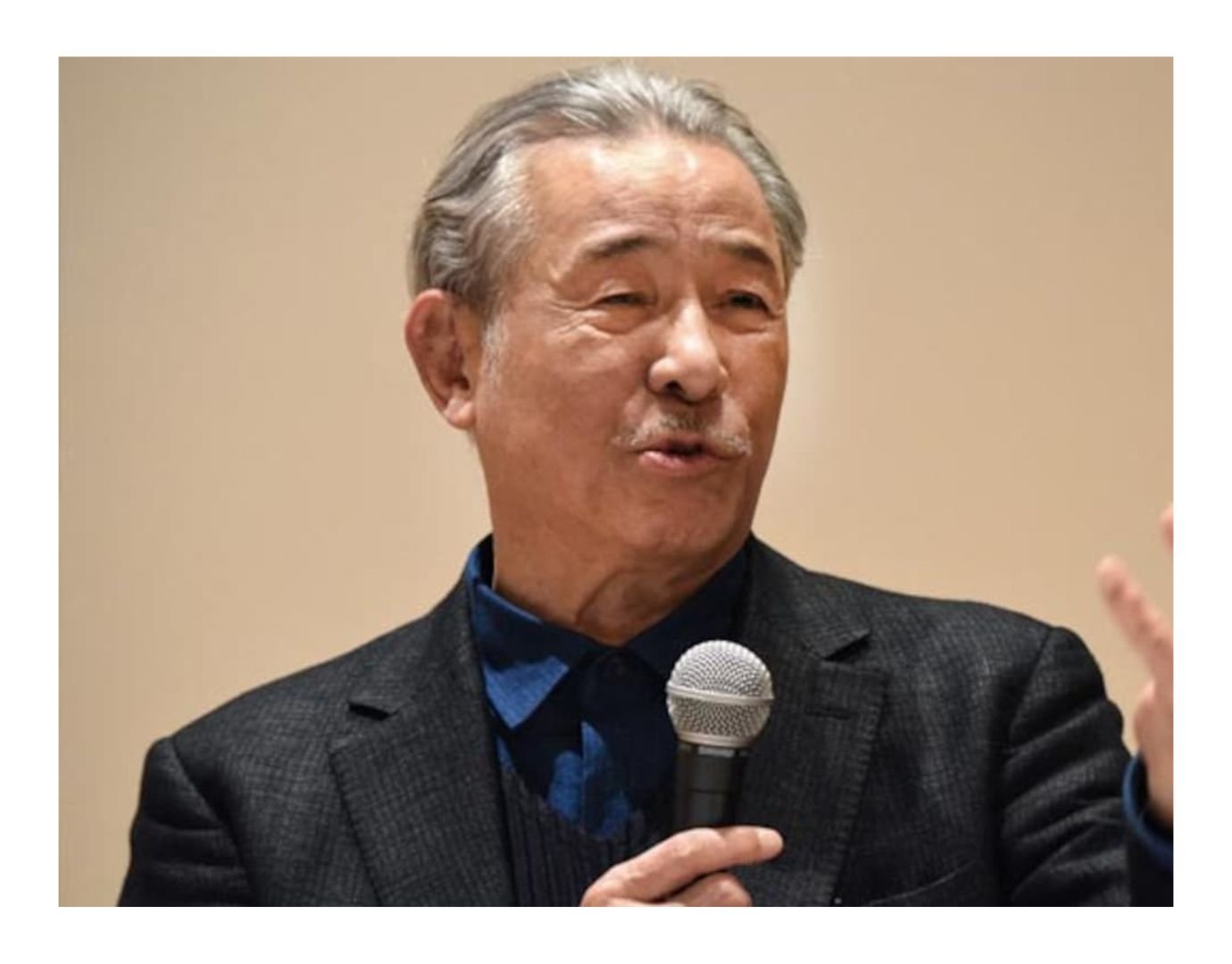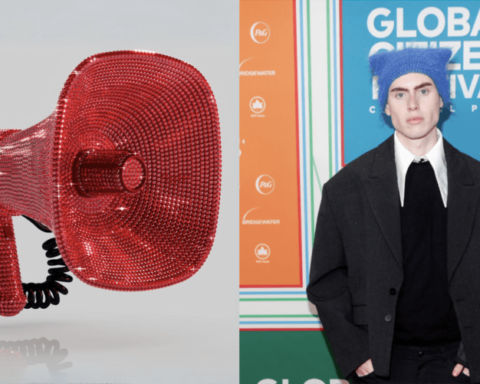Issey Miyake, a Japanese fashion designer known for his unusual pleated clothes, died in a Tokyo hospital from liver cancer. 84-year-old
Issey Miyake Group: “His high energy came from his constant desire to learn new things and spread happiness through design.” “Mr. Miyake did not want to be buried or have a memorial service,” says the statement.
Like Andy Warhol, Miyake was interested in art, design, and fashion. During his 52-year career, the designer always called his work “clothing” instead of “fashion.”
In 2014, Miyake said, “I’m more interested in people and the way they look.” People’s clothes are their best friend.
We think he made 100 fake turtlenecks out of polyester and cotton for less than $200 each. Along with Jobs’ Levi’s 501s and New Balance 991s, the tops became the uniform of Silicon Valley in the late 1990s. This was because people were too busy to think about picking out ties.
1938-born Miyake went to school in Tokyo for graphic design. When Audrey Hepburn wore one of his outfits, he switched to fashion and moved to Paris to work for Hubert de Givenchy.
After the student protests of 1968, Miyake was upset with the fashion industry. Because he was interested in fashion as both art and a way to get things done, he opened the Miyake Design Studio in 1970 and showed his first wearable collection the next year. His first project was a Japanese-style hand-painted jersey body.
As an athlete, Miyake focused on how things worked. The Pleats Please collection was started in 1993 as an answer to the high cost and impracticality of high-end fashion.
The polyester capes, pants, and sleeveless tabards were treated with heat to keep them from wrinkling. They could be washed in a machine and were rolled instead of folded. The line is still one of the best examples of clothes that can be worn by people of any gender, and it sells for hundreds on secondhand sites.
Miyake’s negative view of the fashion industry, especially how fast it moves, helped his designs last longer. Miyake told the Village Voice in 1983, “I want my customers to wear jeans from this year with a sweater I made 10 years ago.”
Read More : Google Doodle honours Japanese artist Kuroda Seiki
Mikyake thought that technology could help stop overproduction. In the late 1990s, he came up with the “One Piece of Cloth” (later called “A-POC”) idea, which was the first time clothes were made from a single tube of fabric. This cut down on waste and showed what could be done with a knitting machine, a computer, and the right knowledge.
A lot of his designs are in museum collections, like the ones at MoMA. 2010: Order of Culture; 2016: Commandeur de l’Ordre National de la Légion d’honneur.
Miyake walked with a limp because he was seven years old when an atomic bomb was dropped on his home city of Hiroshima in 1945. After three years, his mother died from radiation.
In an op-ed for the New York Times in 2009, Miyake talked about how that day and the death of his mother affected his work. “I’ve tried to forget about them, but I haven’t been able to. I’d rather think about beautiful, happy things that can be made, not broken. I chose fashion design because it’s up-to-date and optimistic.



















